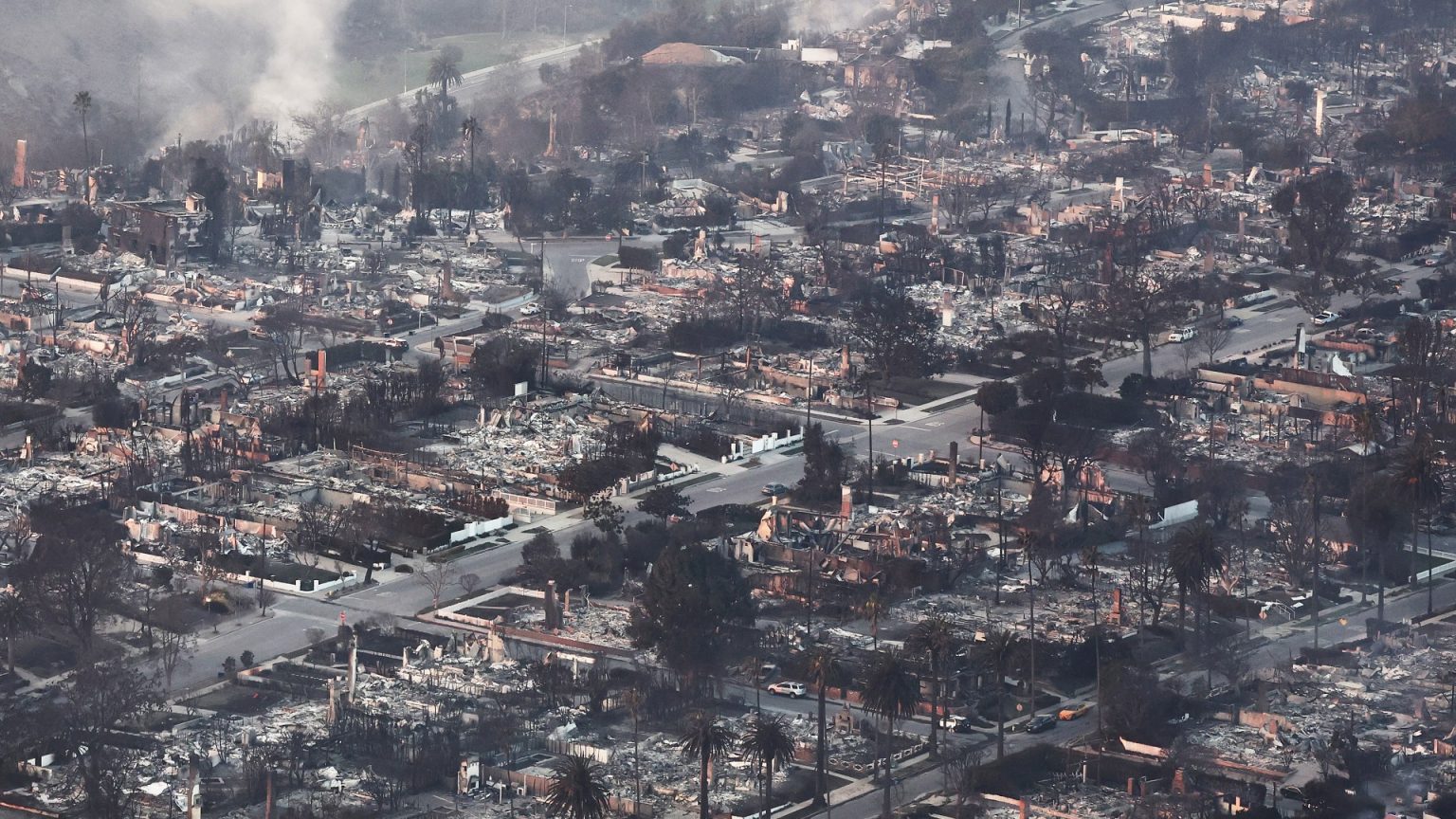The recent wildfires in Los Angeles have sparked a wave of discussions, not just about the immediate tragedy and loss, but also about the underlying factors that contributed to the rapid devastation. The speed with which opulent homes were reduced to ashes has raised questions about building materials and construction practices in fire-prone areas. While empathy for those affected is paramount, regardless of their wealth, the incident underscores the need for a critical examination of urban planning and development in regions susceptible to wildfires. The author questions the wisdom of constructing large, flammable homes in such environments, likening them to kindling waiting for a spark. The swift destruction serves as a stark reminder of the vulnerability of even the most extravagant structures when faced with the destructive power of nature.
The author draws parallels to historical instances where the choice of building materials had disastrous consequences, citing the lack of ancient records in Scandinavia due to wooden churches succumbing to fire, and the Great Fire of London in 1665. The argument is made that modern construction in fire-prone areas should prioritize fire-resistant materials like breeze blocks. Furthermore, the author critiques what they perceive as excessive environmentalism in California, suggesting that policies prioritizing natural processes over preventative measures, such as clearing brush and creating firebreaks, have exacerbated the wildfire problem. This echoes concerns raised by indigenous populations in Australia and Zimbabwe who traditionally employed land management techniques to minimize the impact of fires.
A proposed solution involves a shift in focus from building large, impressive homes to constructing smaller, more resilient structures using fire-resistant materials. While acknowledging the emotional attachment to one’s home and possessions, the author stresses the practical importance of prioritizing safety and durability over grandeur in high-risk areas. This pragmatic approach recognizes the inevitability of future fires and emphasizes the need to adapt building practices accordingly. The suggestion is not to abandon aesthetics altogether, but to incorporate fire safety as a fundamental design principle.
Moving beyond the immediate aftermath of the fires, the author also touches upon the political and economic landscape, criticizing Sir Keir Starmer’s leadership and expressing concern about the UK’s economic outlook. The rising gilt yields, declining job vacancies, and increasing food prices paint a bleak picture, leaving the author questioning the efficacy of Rachel Reeves’ economic policies. The author’s skepticism towards socialism is evident, suggesting that high taxation and state intervention are driving businesses away and exacerbating economic woes.
The author then shifts gears to a more personal reflection, contrasting the natural beauty of various locations around the world with the simple charm of a frosty winter morning in the English countryside. This appreciation for natural beauty, however, is juxtaposed with a hardline stance on immigration. The author proposes a controversial solution to the ongoing migrant crisis: relocating asylum seekers to the remote island of Tristan da Cunha, a British Overseas Territory in the South Atlantic. This suggestion, while seemingly drastic, reflects the author’s frustration with the current immigration system and the perceived inability of political parties to find a workable solution.
Finally, the author addresses the issue of grooming gangs, arguing against the need for a public inquiry. The author contends that the problem is not a lack of understanding, but rather a culture of political correctness within the police force that hinders investigations. The author claims that fear of being labeled racist prevents officers from pursuing cases involving certain demographics, leading to a failure to protect vulnerable young girls. The proposed solution is to dismantle this culture of political correctness and empower law enforcement to investigate crimes without fear of reprisal, ensuring that justice is served regardless of the perpetrators’ background. The author’s strong stance reflects a growing public frustration with the perceived inaction and ineffectiveness of authorities in addressing this sensitive issue.




